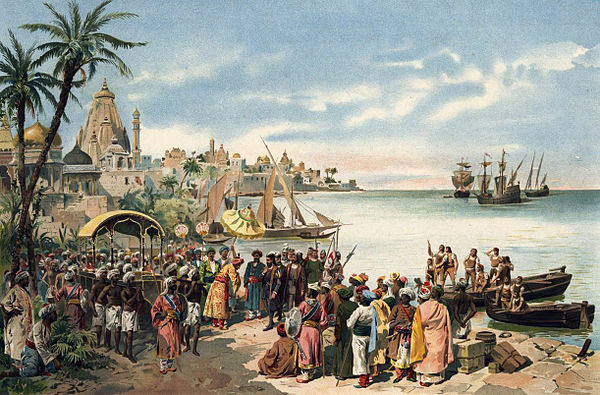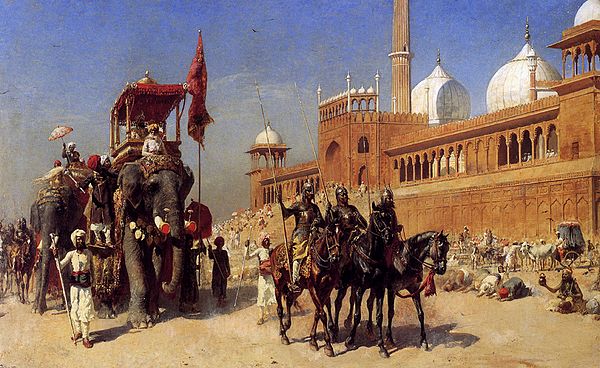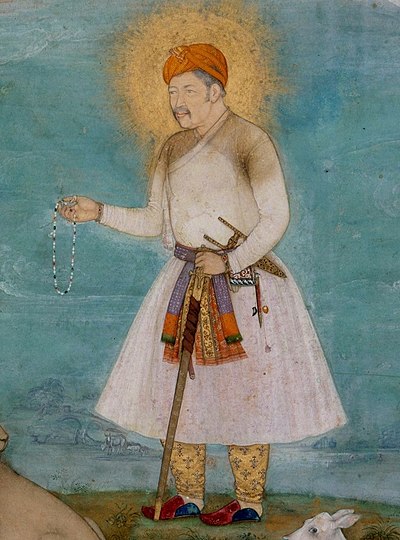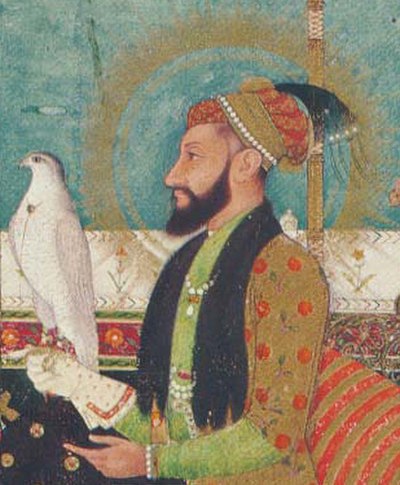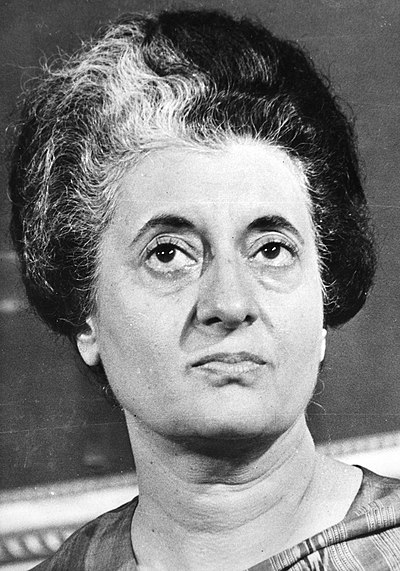
History of India
Most of the Indian subcontinent was conquered by the Maurya Empire during the 4th and 3rd centuries BCE. From the 3rd century BCE onwards Prakrit and Pali literature in the north and the Tamil Sangam literature in southern India started to flourish. The Maurya Empire would collapse in 185 BCE, on the assassination of the then Emperor Brihadratha, by his General Pushyamitra Shunga. Who would go on to form the Shunga Empire, in the North and North East of the subcontinent, while the Greco-Bactrian Kingdom would claim the North West, and found the Indo-Greek Kingdom. During this Classical period, various parts of India were ruled by numerous dynasties, including the 4-6th centuries CE Gupta Empire. This period, witnessing a Hindu religious and intellectual resurgence, is known as the classical or "Golden Age of India". During this period, aspects of Indian civilisation, administration, culture, and religion (Hinduism and Buddhism) spread to much of Asia, while kingdoms in southern India had maritime business links with the Middle East and the Mediterranean. Indian cultural influence spread over many parts of Southeast Asia, which led to the establishment of Indianised kingdoms in Southeast Asia (Greater India).
The most significant event between the 7th and 11th century was the Tripartite struggle centred on Kannauj that lasted for more than two centuries between the Pala Empire, Rashtrakuta Empire, and Gurjara-Pratihara Empire. Southern India saw the rise of multiple imperial powers from the middle of the fifth century, most notably the Chalukya, Chola, Pallava, Chera, Pandyan, and Western Chalukya Empires. The Chola dynasty conquered southern India and successfully invaded parts of Southeast Asia, Sri Lanka, the Maldives, and Bengal in the 11th century. In the early medieval period Indian mathematics, including Hindu numerals, influenced the development of mathematics and astronomy in the Arab world.
Islamic conquests made limited inroads into modern Afghanistan and Sindh as early as the 8th century, followed by the invasions of Mahmud Ghazni. The Delhi Sultanate was founded in 1206 CE by Central Asian Turks who ruled a major part of the northern Indian subcontinent in the early 14th century, but declined in the late 14th century, and saw the advent of the Deccan sultanates. The wealthy Bengal Sultanate also emerged as a major power, lasting over three centuries. This period also saw the emergence of several powerful Hindu states, notably Vijayanagara and Rajput states, such as Mewar. The 15th century saw the advent of Sikhism. The early modern period began in the 16th century, when the Mughal Empire conquered most of the Indian subcontinent, signalling the proto-industrialization, becoming the biggest global economy and manufacturing power, with a nominal GDP that valued a quarter of world GDP, superior than the combination of Europe's GDP. The Mughals suffered a gradual decline in the early 18th century, which provided opportunities for the Marathas, Sikhs, Mysoreans, Nizams, and Nawabs of Bengal to exercise control over large regions of the Indian subcontinent.
From the mid-18th century to the mid-19th century, large regions of India were gradually annexed by the East India Company, a chartered company acting as a sovereign power on behalf of the British government. Dissatisfaction with company rule in India led to the Indian Rebellion of 1857, which rocked parts of north and central India, and led to the dissolution of the company. India was afterwards ruled directly by the British Crown, in the British Raj. After World War I, a nationwide struggle for independence was launched by the Indian National Congress, led by Mahatma Gandhi, and noted for nonviolence. Later, the All-India Muslim League would advocate for a separate Muslim-majority nation state. The British Indian Empire was partitioned in August 1947 into the Dominion of India and Dominion of Pakistan, each gaining its independence.





































